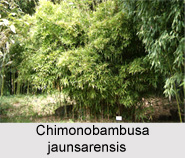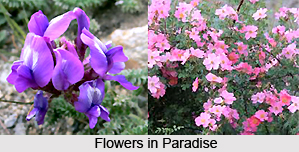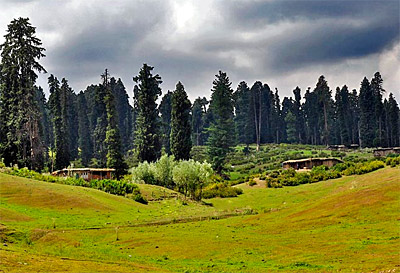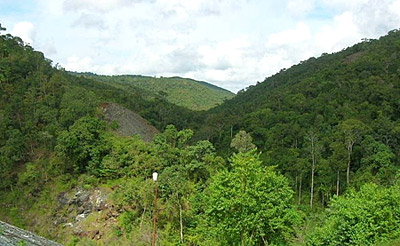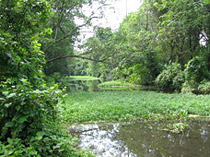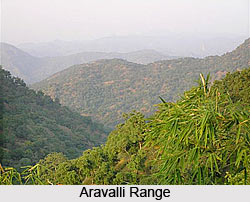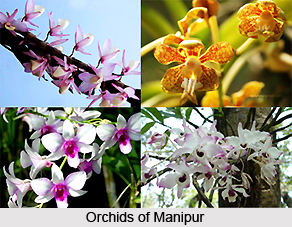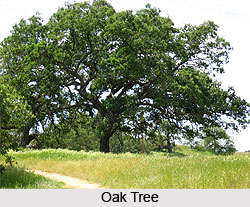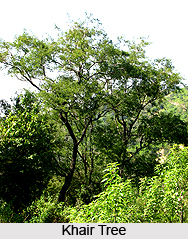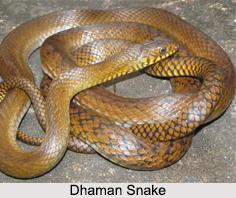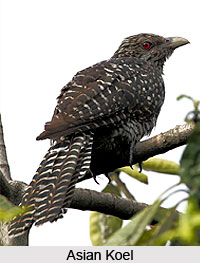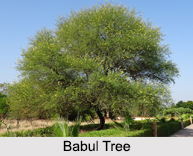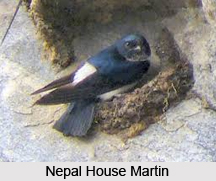 Nepal House Martin is an Indian Bird that bears a scientific name of "Delichon nipalense" and it is preferred as the passerine bird of Hirundinidae family.
Nepal House Martin is an Indian Bird that bears a scientific name of "Delichon nipalense" and it is preferred as the passerine bird of Hirundinidae family.
Category of Nepal House Martin
Nepal House Martin is a non-migratory passerine of the swallow family Hirundinidae.
Breeding of Nepal House Martin
The two subspecies of Nepal House Martin breed in the Himalayan Mountain Range in Nepal and India from north-western Indian states, the western part of Jammu and Kashmir and Punjab through Nepal to Burma, northern Vietnam, and just into China.
Habitat of Nepal House Martin
Nepal House Martin occurs in river valleys and rugged wooded mountain ridges at heights between 1,000-4,000 m altitudes, where it nests in colonies beneath overhangs on vertical cliffs, laying three or four white eggs in an enclosed mud nest.
Structure of Nepal House Martin
Nepal House Martin has blue-black upperparts with a contrasting white rump, and white under parts. It resembles its close relatives, the Asian House Martin and Common House Martin, but unlike those species it has a black throat and black under tail.
Feeding of Nepal House Martin
Nepal House Martin feeds in flocks with other swallows, catching flies and other insects in flight. It is subject to predation and parasites, but its status within its limited range appears secure.
Size of Nepal House Martin
Nepal House Martin is 13 cm (5.1 in) long, mainly blue-black above and white below. It has a contrasting pure white rump, the tail and upper wings are brownish-black, and the under wings are grey-brown. The legs and feet are brownish-pink and covered with white feathers, the eyes are brown, and the bill is black. The chin is black but the extent varies clincally. In the northeast of the range, birds of the race D. N. Cuttingi have black on the whole of the throat and the uppermost breast, but further west or south the black increasingly becomes restricted to the chin. There are no differences in appearance between the sexes, but the juvenile bird is less glossy and has a duskier throat and buff-washed under parts.
Breeding Season of Nepal House Martin
Nepal House Martin breeds between March and July, with some variation in timing depending on locality, and usually raises two broods. It normally builds its nest, a deep mud bowl lined with grasses or feathers, under an overhang on a vertical cliff. Very occasionally, buildings may be used as nest sites, and in Sikkim this bird is recorded as nesting under school roofs near the Fambong Lho Wildlife Sanctuary. This martin is a colonial breeder, with colonies sometimes containing hundreds of nests.
Feeding of Nepal House Martin
Nepal House Martin feeds on insects taken in flight, hunting along ridges or above treetops. The diet is not well known, but includes flies. Nepal house martin is gregarious, feeding in flocks often with other aerial predators like the Himalayan swiftlet, or other hirundines such as the Barn Swallow, Striated Swallow or Common House Martin.
